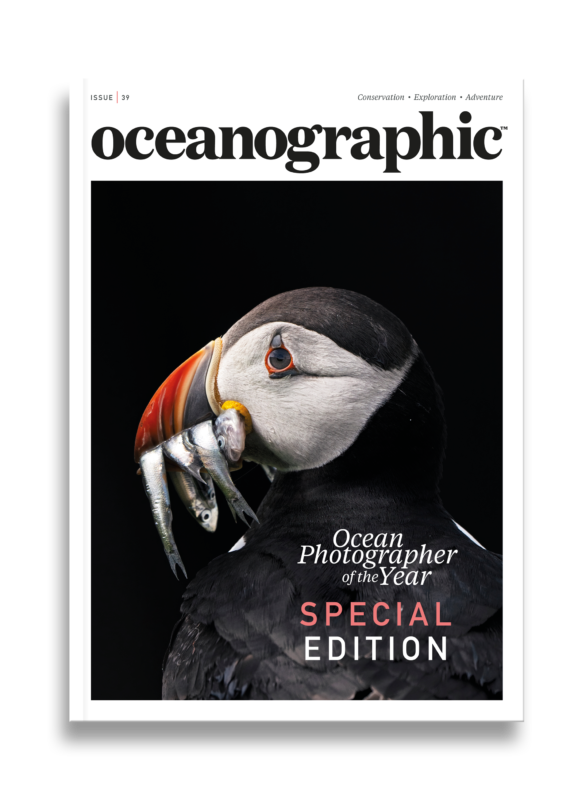Australian coral study confirms 'everybody needs good neighbours'
Move over Harold Fishop (Bishop) and Coral (Carl) Kennedy, because a new study looking at the connectivity between neighbouring corals and atoll systems off the coast of northwest Australia has shed new light on when good neighbours truly become good friends.
Closely neighbouring coral connections have been found to boost the resilience of remote atoll reef systems following periods of coral bleaching and rough storms, a new study from the Australian Institute of Marine Science has revealed. It confirms what anyone who grew up on a diet of ‘90s television can attest: ‘That’s when good neighbours become good friends’.
Coral reefs are facing well-documented threats from climate change, including catastrophic bleaching events and increasingly severe storms. Isolated atolls are particularly susceptible to cumulative impacts as they lack the connectivity to other reefs in the region that could provide new corals and aid recovery.
However, a new study led by the oceanographers from the Australian Institute of Marine Science (AIMS), suggests that communities within these isolated reefs may be more resilient than previously thought, due to the extent of larval exchange across the reef system from their close neighbours.
Yes, move over Harold Bishop (renamed Fishop for the purpose of this article), Coral (Carl) Kennedy, and Toadfish Rebecchi because these are the neighbours we can truly depend upon. In fact, the study has found that if sufficient numbers of survivors remain in patches across the reef system, and local conditions are right, these reef communities can aid each other’s recovery within a matter of years, even after multiple disturbances.
The research – based on extensive modelling of currents and other oceanographic variables – shows how important targeted local management actions can be in preserving and rehabilitating isolated coral reefs.
“We know that communities connected across the reef system that receive high numbers of larvae from multiple sources can recover more rapidly from disturbances than less well-connected systems,” said Dr Camille Grimaldi, a research scientist from the Australian Institute of Marine Science.
“Most previous studies have focused on the effects of large-scale connectivity among neighbouring reefs, rather than fine-scale activity within individual systems. Our study shows that the internal dynamics of a reef system play a key role and influence how effectively a reef can self-seed and recover from disturbances.”

The study, which investigated the Scott Reef system off Northwest Australia – an isolated group of three coral atolls 300km off the northwest coast – was published earlier this month in the journal Limnology and Oceanography. These reefs have been exposed to multiple disturbances over the past decade but have shown surprising resilience.
A survey in 2024, for example, showed that eight years after the last major bleaching event in 2016, coral cover is beginning to bounce back. A similar level of recovery was evident following the mass bleaching in 1998.
The study modelled the role of potential local connectivity over 21 years or annual coral spawning. The scientists found that around half the coral reef larvae dispersal remains local – between 100 metres to tens of kilometres from the release location. The remaining half of the larvae travel away from the reef system into the open ocean.
“We found that local-scale dispersal of coral larvae helps form a well-connected reef network, which in turn boosts larval exchange within reef patches and between different reef zones such as lagoons and reef flats,” said Dr Grimaldi. “That bolsters the reef’s resilience by helping withstand environmental stressors such as heat-induced mortality.”
The theme of the study, therefore, underlines the importance of addressing the local conditions of reef systems.
“Enhancing and preserving local connectivity can have a substantial impact on the overall health and resilience of isolated reef ecosystems,” said Dr James Gilmour, a reef ecologist based at AIMS Research Office in Perth.
“We have shown that reef systems that benefit from dispersal mechanisms that connect many different coral communities may have an enhanced likelihood of recovery following disturbances.”
This research was a collaborative effort between AIMS, the University of Western Australia, the Coral Reef Alliance, and the UWA Oceans Institute. Any contributions made by the residents of Ramsey Street were, sadly, negligible.

The biggest ocean news from around the world. Every weekday.

"*" indicates required fields
Printed editions
Current issue
Back issues

Back Issues
Issue 39 Special Edition: OPY2024

Back Issues
Issue 37 Wild Alaska: River & Ocean
Enjoy so much more from Oceanographic Magazine by becoming a subscriber.
A range of subscription options are available.








